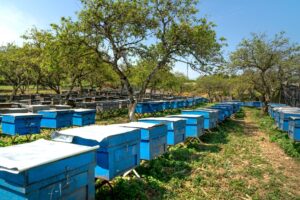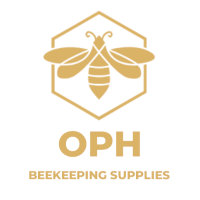
Beekeeping or apiculture is an age-old practice in which beekeepers maintain and manage honey bee colonies to produce honey, beeswax, royal jelly, and other products. It is also beneficial for pollination of crops and to raise queen bees for sale. Beekeepers use man-made hives in an apiary or “bee yard”. With the right care, beekeeping can be a rewarding practice.
Apiculture is an ancient activity, dating back to around 10,000 years ago. Georgia is credited as the birthplace of beekeeping, and the oldest honey ever found was discovered in a 5,500 year-old noblewoman’s grave in the town Borjomi. Beekeeping has been mentioned in Egyptian art, as well as in art from ancient China, Greece, and Maya. From production of honey to pollination services, beekeeping has been essential to humanity for centuries.
Beekeeping is a growing trend that is used to pollinate crops and produce products, such as wax and propolis. It has become more accessible over time with advanced technology, and urban beekeeping is on the rise. Studies show city bees can be healthier due to lower pesticide exposure and greater biodiversity.
Today, most beekeepers keep hives in a langstroth hive. This is a hive system with a bottom board bee boxes or brood boxes and a top. Once you have a brood boxes full you can start adding honey boxes. Each box houses 10 bee frames. The frames are typically made with plastic wax foundation shaped like little combs. The bees get to work drawing out the comb and then the Queen bee can start laying eggs (brood). She can lay up to 2000 eggs per day.
The reason the langstroth hive is popular is because it is easier to manage the hive. Beekeepers can remove frames if necessary due to disease or infestation and can find problems sooner. Prior to this you have to tear a whole hive apart to get to the honey and then it was destroyed. In recent years, a few other types of hives have emerged such as a flow hive or a top bar hive. However these are more expensive options.


